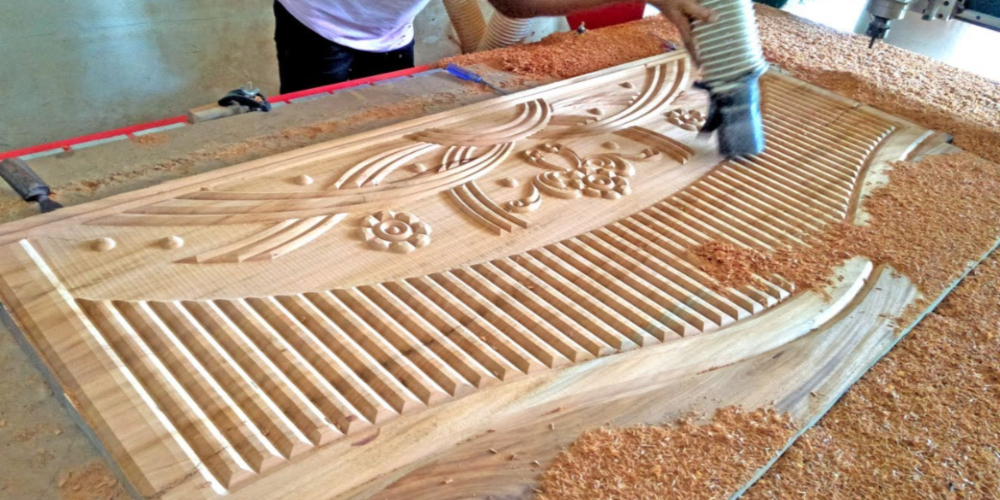Doors are aesthetically pleasing, functional, and soundproof and may even add a sense of seclusion to a space. As a result of the wide variety of materials and designs available, it's not hard to find an inside door that will work with or enhance your home's current aesthetic. When it's time to make a purchase, you have almost unlimited options for doors.
The door is a movable piece of machinery that resembles a barrier composed of wood, masonry, metal, glass, cardboard, leaves, hides, or any combination thereof. From the curb to the foyer, a door knows how crucial it is to have a variety of alternatives to choose the one that best complements our home's architecture and interior and exterior design.
The door is always a kind host, from modern to classic, simple to ornate. The inside door stands in stark contrast to the outside door. The aesthetic value of a door depends on the impression it gives of the space beyond it. All these options are in the form of chinese doors because they are primarily manufactured in China at cheap rates.
Types of Doors
There is a wide variety of door types, each of which serves a particular purpose. This categorization may aid first-time homebuyers. The aesthetic value and thermal efficiency of your house may both benefit from a well-considered door choice.
Dutch Door
Many homes have Dutch doors installed as their primary entryway. They're divided in two, each half having its own set of controls. A kitchen with a Dutch door may benefit from the fresh air it provides, and pets and children can easily be let out into the patio.
French Doors
French doors that are both gorgeous and inappropriately placed make a bold statement. It's a pair of doors made primarily of glass panels. Each of the two doors swings inward and, therefore, can open simultaneously or separately. Since French doors let in a lot of natural light, they are often utilized as outside doors.
Bifold Doors
Typically used for internal doors, bifold doors fold inward toward the user and are lightweight. Closets, utility rooms, and kitchens are typical locations for these doors due to their fold-and-slide functionality.
Folding Doors
Typical examples of passage doors look like this. These doors are hinged on one end, allowing them to swing open or closed. Your home probably already has hinged doors on all of the rooms.
Sliding doors are external ones typically seen on a home's side or back, leading out onto a deck or patio. Sliding doors, on the other hand, are not limited to the home's exterior.
Pocket Doors
Pocket doors resemble sliding doors but are concealed within the wall when opened. They work wonderfully in cloakrooms, linen closets, and lavatories.
Barn doors
Initially designed for the outdoors, Barn doors are now a standard feature of many contemporaries' takes on farmhouse architecture. Typically, barn doors are made of wood and mounted on a track outside the house.
Pivot Doors
Dual hinges at the door's top and bottom allow it to pivot in two directions. When opened, the panel's sleek modern look results from its seamless integration into the wall's overall design.


